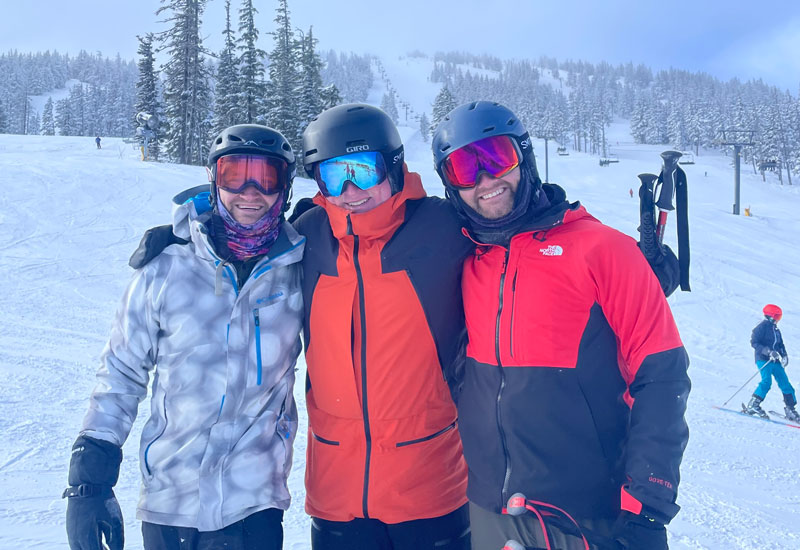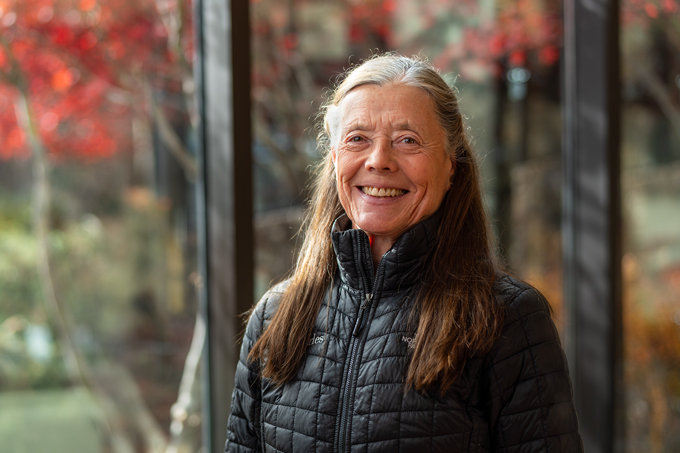A tiny seed is having a big impact on breast cancer care.
In partnership with Central Oregon Radiology Associates (CORA), St. Charles Cancer Center has begun using Magseed—a tiny, iron oxide “seed” that is implanted in a cancerous breast tumor to mark its location for surgery. Equipment needed to use Magseed was purchased with money from Sara's Project, a St. Charles Foundation fund dedicated to easing the challenges of breast cancer for people in Central and Eastern Oregon.
The Magseed is a substantial improvement over the metal wires that were formerly used to guide surgeons to tumors that are otherwise too small to find, said Dr. Kelly Hewitt, a University of California San Francisco fellowship-trained breast surgeon who joined the Cancer Center in October.
“As you can probably imagine, that can be fraught with issues,” said Hewitt, who prior to her fellowship worked as a general surgeon in Newport, Ore.
The thin wires, which usually had to be placed the day of surgery, could sometimes become dislodged when the patient traveled from the radiologist’s office to the hospital, or in the operating room, she said. And because the wires could be unwieldly, they had to be taped to the patient’s breast until she was in the operating room.
“From a system standpoint, it’s also a scheduling nightmare because they have to put the wire in at a certain time and coordinate it with surgery, etc.,” she said.
Placed by a radiologist in the breast tissue, the radiation-free Magseed marker won’t move or break, and can be placed days, weeks and even months ahead of surgery, Hewitt said. During surgery, she waves a wand-like localization device over the breast that guides her to the seed, targeting where the incision needs to be made.
“It really lets me pick my incision based on aesthetics and safety,” Hewitt said. “Sometimes the wire can kind of dictate where you have to go, but with the seed, it gives you more flexibility.”
Hewitt said she has even implanted the Magseed—which is so small it can’t be felt by the patient—in lymph nodes that need to be removed as well.
The only fellowship-trained breast surgeon in Central Oregon, Hewitt said she is excited to be able to use this new technology to improve care for patients.
“It’s all about perfection and doing something that is both oncologically safe—so, getting all of the cancer out—but then also making it look as nice as possible,” she said. “So, having the best aesthetic outcome in combination with the best oncological outcome.”
Heads up: Dr. Kelly Hewitt will present "Breast cancer in 2021: Diagnosis to survivorship" at our next installment of Doc Talks on March 29.





